amoxicillin 500mg for dogs dosage
$170.00 – $800.00Price range: $170.00 through $800.00
Learn about the proper dosage of amoxicillin 500mg for dogs, its uses, potential side effects, and important precautions.
Amoxicillin 500mg for Dogs: Dosage and Important Considerations
As a responsible pet owner, ensuring your dog receives proper medical care is essential for their health and well-being. One commonly prescribed medication for dogs is amoxicillin, an antibiotic that helps treat various bacterial infections. In this article, we will discuss the appropriate dosage of amoxicillin 500mg for dogs, how it works, potential side effects, and important considerations to keep in mind. amoxicillin 500mg for dogs dosage
What is Amoxicillin?
Amoxicillin is a broad-spectrum antibiotic that belongs to the penicillin group. It is effective against a wide range of bacteria, making it a popular choice for treating infections in dogs. Vets often prescribe amoxicillin for conditions such as:
- Skin infections
- Ear infections
- Respiratory infections
- Urinary tract infections
By inhibiting the growth of bacteria, amoxicillin helps your dog recover more quickly from these ailments.
Dosage of Amoxicillin for Dogs
Determining the right dosage of amoxicillin for your dog is crucial for effective treatment. The typical dosage for dogs is usually based on their weight, generally ranging from 5 to 20 mg per kilogram (kg) of body weight. For amoxicillin 500mg, this means:
- A small dog (e.g., 10 kg) may receive approximately 50 mg (1/10 of a 500mg tablet).
- A medium dog (e.g., 20 kg) might take 100 mg (1/5 of a 500mg tablet).
- A larger dog (e.g., 40 kg) could be prescribed 200 mg (2/5 of a 500mg tablet).
Important Note on Administration of amoxicillin 500mg for dogs dosage
Always consult your veterinarian before administering amoxicillin or any medication to your dog. They will assess your pet’s specific condition and determine the most appropriate dosage. Never attempt to adjust the dosage on your own, as this can lead to ineffective treatment or adverse effects.
How to Administer Amoxicillin to Your Dog
Amoxicillin is typically available in tablet or liquid form. Here’s how to administer it effectively:
- Follow Your Vet’s Instructions: Ensure you stick to the prescribed dosage and duration of treatment. It’s vital to complete the entire course of antibiotics, even if your dog seems to be feeling better.
- Use Treats or Food: If your dog is reluctant to take medication, try hiding the pill in a small amount of food or a treat. Many dog owners find that wrapping the tablet in cheese or peanut butter can make it more palatable.
- Administer Liquid Form Carefully: If your dog receives a liquid version, use a syringe (without a needle) to administer the correct dosage directly into their mouth, ensuring they swallow it.
Potential Side Effects
While amoxicillin is generally safe for dogs, some may experience side effects. Common side effects include:
- Vomiting
- Diarrhea
- Loss of appetite
- Allergic reactions (in rare cases)
If you notice any severe reactions, such as difficulty breathing, swelling, or persistent vomiting, contact your veterinarian immediately.
Precautions and Considerations
Before administering amoxicillin, consider the following:
- Inform Your Vet of Other Medications: Ensure your veterinarian knows about any other medications your dog is taking, as certain drugs can interact with amoxicillin.
- Assess Underlying Health Conditions: Dogs with a history of allergies to penicillin or those with kidney issues may require alternative treatments.
- Monitor Your Dog: Keep an eye on your dog during treatment for any changes in behavior, appetite, or symptoms.
Conclusion
Amoxicillin 500mg can be an effective treatment for various bacterial infections in dogs when prescribed by a veterinarian. Understanding the appropriate dosage, how to administer the medication, and potential side effects is essential for responsible pet ownership. Always consult your vet for personalized advice and ensure your furry friend receives the best possible care.
If your dog requires antibiotics, consider discussing amoxicillin with your veterinarian today!
| quantity | 10, 20, 50, 100 |
|---|
Be the first to review “amoxicillin 500mg for dogs dosage” Cancel reply
Related products
Dogs



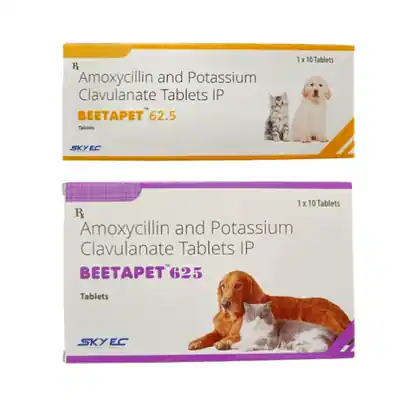





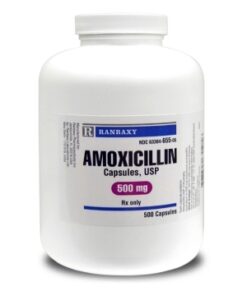
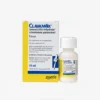

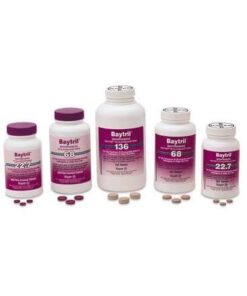
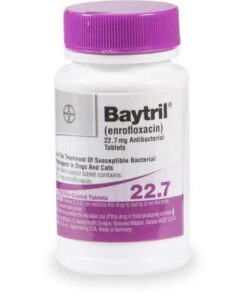
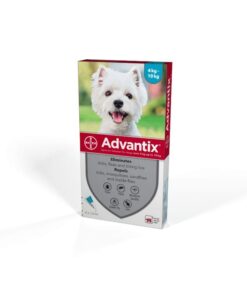










Reviews
There are no reviews yet.